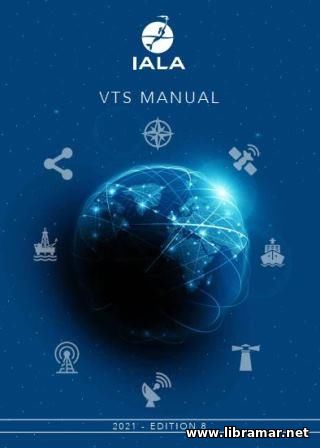
Here is the eighth edition of the IALA VTS Manual, with its content thoroughly revised and updated. The document is traditionally developed by the VTS Committee and released to provide the industry with the professional guidance and assist the maritime authorities in terms of implementation of the new VTS; the information will also be equally useful when applied to the upgrade of the existing VTS.
The subject Committee was formed back in 1981 and has significantly evolved since then, closely cooperating with the relevant internationally recognized sister entities. The intent of the present publication is to be used as a general reference source in connection with the Vessel Traffic System policy, meeting the demands of the professionals and all people involved in managing the associated activities.
The document will also provide a sort of pointer to the detailed reference materials that may be of practical use for the VTS specialists. The legal framework of the system has been described in detail, together with the necessary guidelines on the types and functions, principles of managing the system, CBA, or cost benefit analysis, organization and planning of the system, and many other important topics.






